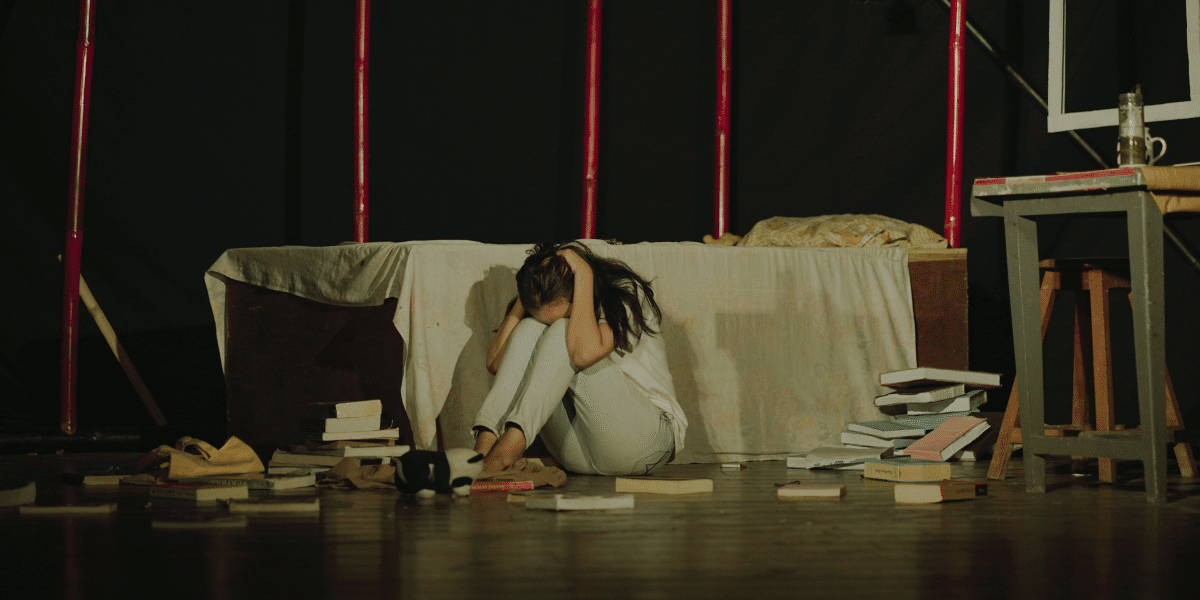Acting is a versatile art form encompassing various styles, techniques, and performance mediums. From stage performances to film and television, acting can take on many different forms, each with its own unique demands and characteristics. Understanding the different types of acting can help aspiring actors refine their craft, identify their strengths, and choose the path that aligns with their interests and goals.
Stage Acting: The Foundation of Performance
Stage acting, or theatrical acting, is the foundation of most acting techniques. It involves live performances on a stage in front of an audience. Stage actors must rely on their physicality, voice projection, and emotional range to convey characters and tell a story. Unlike screen acting, where performances can be edited and enhanced, stage acting requires performers to bring their characters to life in real time, maintaining consistency throughout the performance.
Stage acting is often associated with traditional theater productions, including Shakespearean plays, musicals, and contemporary drama. The heightened style of delivery allows actors to connect directly with an audience, and it requires an understanding of timing, diction, and emotional intensity.
Screen Acting: The Art of Film and Television
Screen acting, or film and television acting, differs significantly from stage acting in terms of performance style and techniques. While stage actors must project their voices and actions to an entire theater, screen actors perform in close-up shots, where even the smallest gestures and expressions are captured on camera. This type of acting requires a more subtle and nuanced approach, as actors must communicate emotion and character through facial expressions, body language, and tone of voice.
Screen actors must also be adaptable, as they often work with different directors, camera angles, and settings. Unlike stage productions, which are performed live, film and TV productions allow for multiple takes and editing, meaning that actors may need to repeat scenes to achieve the perfect shot. However, this also allows actors to explore their characters and performances in greater detail.
Voice Acting: Bringing Characters to Life with Sound
Voice acting is a specialized form that focuses on using the voice to bring animated or non-human characters to life. Voice actors often work in radio, animation, video games, and audiobooks. This form of acting relies entirely on vocal techniques, including tone, pitch, rhythm, and emotional delivery, to create compelling and memorable characters.
Voice actors must have excellent voice control, often performing various characters and accents. They must also be able to convey complex emotions and personality traits solely through sound, making this form of acting challenging and rewarding. In animation, voice actors work closely with animators to ensure their performances match the character’s movements and expressions. At the same time, in video games, they may record dialogue for characters in interactive scenes.
Method Acting: Immersing in the Character
Method acting is a popular acting technique that encourages actors to immerse themselves in their roles fully. Developed by Konstantin Stanislavski and later popularized by Lee Strasberg, method acting involves using personal emotions and experiences to connect with a character deeply. Actors who practice method acting often use techniques such as “sense memory” (reliving past emotional experiences) and “emotional recall” (recreating past feelings) to bring authenticity and emotional depth to their performances.
This form of acting requires high commitment and discipline, as actors must stay connected to their characters even when they are not on set. Method acting can be emotionally taxing, but it is often praised for producing powerful and believable performances. Some famous actors known for their method of acting include Marlon Brando, Robert De Niro, and Daniel Day-Lewis.
Improvisational Acting: Spontaneity and Creativity
Improvisational acting, or improv, is a form of acting in which actors create scenes and dialogue on the spot without a script or prior preparation. Improv requires quick thinking, creativity, and a strong sense of collaboration, as actors must rely on their instincts and interactions with other performers to create a cohesive scene.
Improv is often used in comedy, where performers rely on wit and humor to engage the audience, but it is also a valuable tool in drama and other genres. Many actors and comedians begin their careers in improv, as it helps them develop strong acting skills, learn how to react authentically to unexpected situations and build confidence in their abilities.
Physical Acting: Expressing Emotion Through Movement
Physical acting focuses on using the body to convey emotion and character, often without relying on words or dialogue. This form of acting is commonly seen in physical theater, mime, dance, and clowning. Physical actors may use exaggerated gestures, movements, and facial expressions to communicate a wide range of emotions, from joy to sadness, without speaking.
Physical acting requires strong body control, awareness, and the ability to convey complex emotions through movement alone. Actors in physical theater productions often collaborate with choreographers and movement coaches to develop their performances. This type of acting is also seen in playwrights like Samuel Beckett, whose minimalist plays often rely on movement and physical expression rather than verbal communication.
The Versatility of Acting
Acting is a dynamic and multifaceted art form, encompassing a wide range of techniques and styles. From stage acting and method acting to voice work and improv, each type of performance brings its own unique challenges and rewards. Actors often experiment with different styles to find their voice and refine their skills, with many drawing on a combination of techniques to create compelling, authentic characters.
Published by: Martin De Juan







